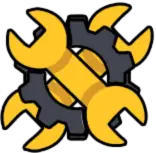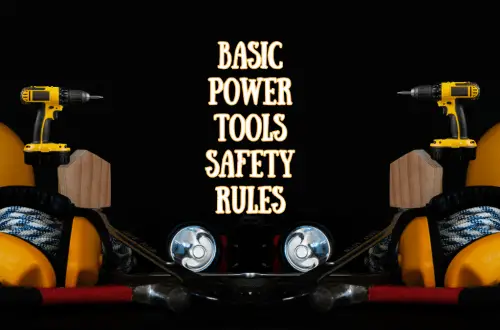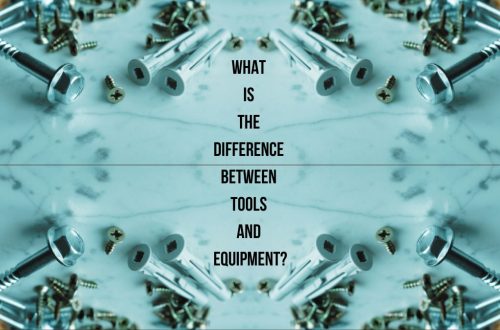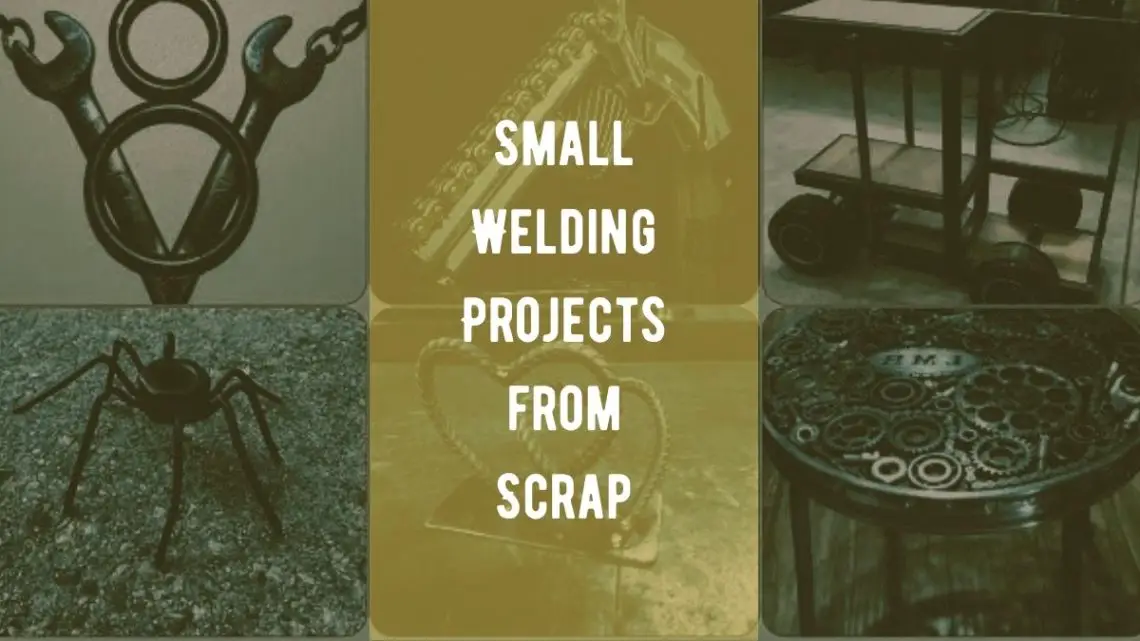
Small Welding Projects from Scrap Made Easy: DIY Mastery
Small welding projects from scrap utilize leftover materials to create useful items. These projects help welders practice their skills while recycling metal.
Exploring small welding projects is an excellent way to enhance your welding abilities and creativity without the need for expensive materials. Crafty individuals often turn to scrap metal, an abundant and typically free resource, to forge items ranging from artistic sculptures to practical household tools.
By delving into these mini endeavors, you not only refine your welding techniques but also contribute to the environment by giving new life to discarded pieces. Engaging in such projects can be a fulfilling hobby or a stepping stone for those who wish to embark on a professional welding career. The ability to transform scraps into valuable products showcases craftsmanship and serves as a testament to the versatility and resourcefulness of welding enthusiasts.
Related Article: The Ultimate Welding Tools for Beginners
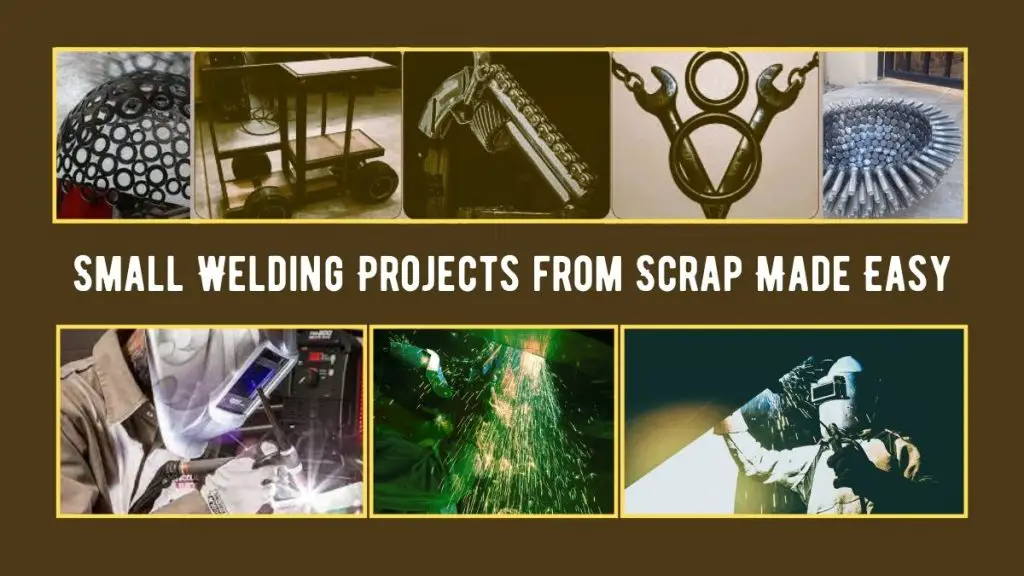
Related Article: Welding Parameters: Tips for Superior Joint Quality
You may also read: How to Weld Galvanized Steel: A Step-by-Step Guide
The Lure of DIY Welding Projects
The magnetic draw of DIY welding projects continues to spark interest among enthusiasts and beginners alike. The appeal lies in crafting personalized items that exhibit both utility and creativity.
Cost-saving And Skill-building
Engaging in DIY welding doesn’t just save money; it’s an investment in a highly valuable skill set. Converting bits from a scrap pile to functional pieces entails minimal expense while offering hands-on learning.
- Reduce material costs: Use leftover metals to practice without buying new.
- Enhanced problem-solving: Tackling diverse projects sharpens critical thinking.
- Self-sufficiency: Master repairs and create without relying on external help.
Turning Scrap Into Treasures
Transforming scrap into artistic and practical objects embodies the thrills of DIY welding. Below is a list of inspirations to kick-start your journey:
| Project | Details | Difficulty |
| Bookends | Design themed supports for bookshelves. | Beginner |
| Wine Racks | Forge stylish holders for wine collections. | Intermediate |
| Fire Pits | Create a centerpiece for outdoor gatherings. | Advanced |
Embarking on such projects ends in unique creations, often with a personal touch that store-bought items lack. Every welded bond tells a story, turning simple scraps into cherished assets.
Safety First: Prepping Your Workspace
Before diving into small welding projects, it’s crucial to prepare your workspace for safety. A safe environment means fewer risks for accidents or injuries. Focus on gear that will protect you and create an area that supports welding tasks. Let’s get started by looking at the essential equipment needed.
Essential Gear For Protection
Being safe while welding starts with the right protective gear. This gear is non-negotiable to ensure your well-being.
- Welding helmet: Guards your face and eyes from sparks and intense light.
- Fire-resistant welding jacket: Keeps your body safe from sparks.
- Welding gloves: Protect your hands from heat, metal, and sparks.
- Safety glasses: Provide extra eye protection under your helmet.
- Leather apron: Shields your lower body from hot metal and debris.
- Respirator: Filters out harmful fumes and particulates.
Creating A Welder-friendly Environment
Once you’re equipped with the right gear, turn your attention to the workspace.
Here are key steps to create a welder-friendly environment:
| Step | Action |
| 1 | Clear the space of flammable materials |
| 2 | Ensure good ventilation to avoid fume build-up |
| 3 | Keep a fire extinguisher within easy reach |
| 4 | Set up welding curtains or screens to protect others |
| 5 | Ensure proper lighting for clear visibility |
Each step helps create a safe zone for you to focus on crafting your welding projects.
Related Article: Top 20 Best Welding Tools of 2025 for Professional Welders
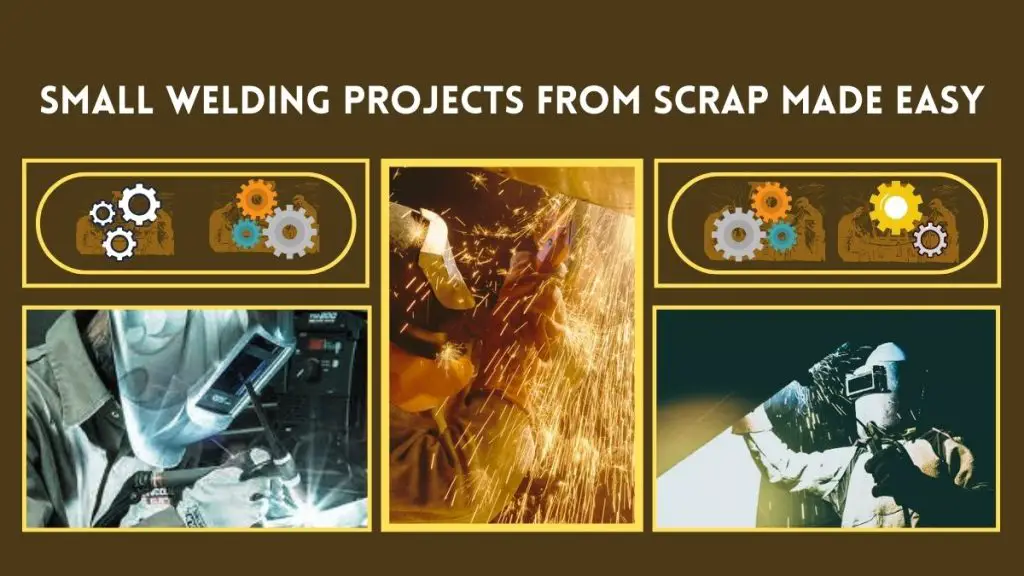
Related Article: How Do Auto-Darkening Welding Helmets Work? – A Complete Guide
You may also read: How to Get a Welding Job: Top Strategies for Success
Tools Of The Trade: What You Need To Begin
Embarking on small welding projects from scrap metal can be both fun and rewarding. To start this exciting journey, getting the right tools is crucial. Your toolbox will be the foundation of your creations. Here, we delve into the essential equipment you’ll need to transform scrap into treasures.
Selecting The Right Welder
The heart of any welding setup is the welder itself. Choosing the perfect one can make all the difference. There are several types, each fitting different needs. Let’s look closely at your options.
| Type of Welder | Best For |
| MIG Welder | Versatility and ease of use |
| TIG Welder | Precision and control in welding |
| Stick Welder | Outdoors and with thicker materials |
For beginners, a simple MIG welder often starts the journey. It’s user-friendly and suitable for thin to medium-thickness metals.
Additional Tools And Materials
Beyond the welder, other tools and materials are vital. They ensure safety and the success of your projects. Here’s a quick checklist:
- Welding Helmet: Protects your eyes and face
- Welding Gloves: Keep your hands safe
- Apron or Jacket: Shields your body from sparks
Also, include various hand tools:
- Hammers
- Chisels
- Files
- Vice grips
Measuring tools are vital:
- Tape measure
- Welding magnets
- Clamps
Consumables also play a major role:
- Welding wire
- Gas (for MIG or TIG welding)
- Electrodes (for Stick welding)
With the right welder and these additional tools, the possibilities are endless. Let your creativity run wild and turn that scrap into something special!
Related Article: The Ultimate Checklist for Welding Safety Equipment
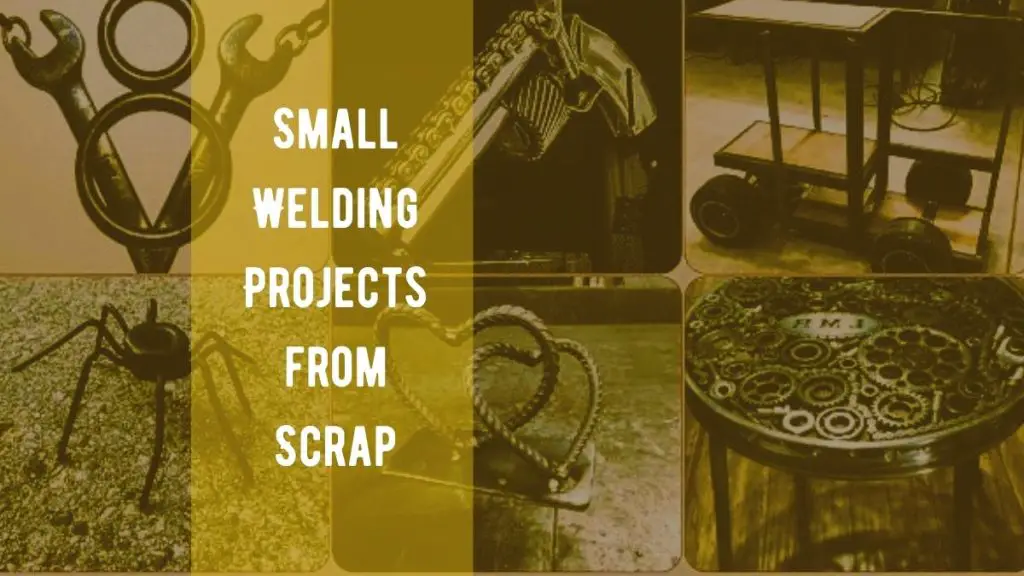
Related Article: Top 9 Best Welding Helmets of 2025 for Welding Safely
Five Starter Welding Projects
Welding can transform scrap metal into unique treasures. Start with simple projects to learn basic skills. Here are five easy projects perfect for beginners. They promise to spark creativity and build welding confidence.
Custom Bottle Openers
Create functional art with custom bottle openers. Use small metal pieces to weld a sturdy handle. Design them in fun shapes or with personalized details. They make great gifts and sellable items.
Decorative Wall Art
Decorative wall art can add character to any room. Start with simple patterns and shapes. Combine different metal textures and colors. Your work can turn into a showpiece or a sellable craft.
Handcrafted Candle Holders
Handcrafted candle holders offer a charming glow. Assemble metal scraps into creative holders. Try geometric designs or natural outlines. They are practical, yet offer a personal touch to any space.
Unique Shelf Brackets
Shelf brackets don’t have to be dull. Weld unique brackets from old scraps. Match any decor style — from industrial to rustic. They can support shelves and demonstrate your welding prowess.
Garden Art Sculptures
Turn your garden into an art gallery with sculptures. Weld together metal bits into animals, flowers, or abstract forms. These sculptures can withstand the elements and add whimsy outdoors.
Finishing Touches: Post-welding Cleanup And Care
Once the welding sparks settle, it’s time to reveal the true beauty of your metalwork. Cleaning and caring for your welded project is crucial. It not only enhances the appearance but also extends the lifespan of the creation. Pay close attention to the following steps to bring out the best in your small welding projects.
Grinding And Polishing Basics
Grinding smooths out the rough edges and weld beads. For a polished finish, follow these steps:
- Start with a coarse grinding disk to remove excess weld.
- Switch to a finer grit to smooth the surface.
- Use a flap disc for final smoothing.
- Polish with the appropriate compound.
A polished project stands out. It shows the marks of a true craftsman.
Preserving Your Metal Creations
After polishing, protect your project from rust and corrosion. Here’s how:
- Apply a clear coat for a lasting finish.
- Wax it to repel water and dirt.
- Store properly to avoid scratches and damage.
Regular maintenance keeps your metal projects looking great for years.

Credit: feltmagnet.com
Frequently Asked Questions About Small Welding Projects From Scrap
What Are Easy Welding Projects For Beginners?
Easy welding projects for beginners include making a simple fire pit, creating metal bookends, or crafting a basic plant holder. These projects require minimal materials and basic welding skills, providing a great starting point for novices.
Can Welding Scrap Be Used For Diy Projects?
Absolutely, welding scrap is perfect for DIY projects. Items like steel offcuts and discarded metal parts can be transformed into practical items. This not only recycles materials but also gives them a personalized touch.
How Do You Start A Small Welding Project?
To start a small welding project, first gather safety gear, a welding machine, and scrap materials. Begin with a simple design, ensuring it is within your skill level. Practice on spare scraps before starting the actual project.
What Tools Are Needed For Beginner Welding Projects?
For beginner welding projects, essential tools include a welding helmet, gloves, a hammer, pliers, an angle grinder, and a welding machine suitable for the metal you’re working with. Basic measuring tools like a tape measure and a square are also necessary.
To know more about Small Welding Projects from Scrap>>
Conclusion
Transforming scrap into art with welding is both creative and economical. Your next masterpiece awaits among discarded metal pieces. Perfect for beginners and experts, these small projects sharpen skills while minimizing waste. So, grab your welder and start crafting. Happy welding and let those sparks fly into beautiful creations!
Related Article: The Ultimate Guide to Multi-Process Welder
Related Article: Is Welding Hard? – The Ultimate Guide to Know about Welding


